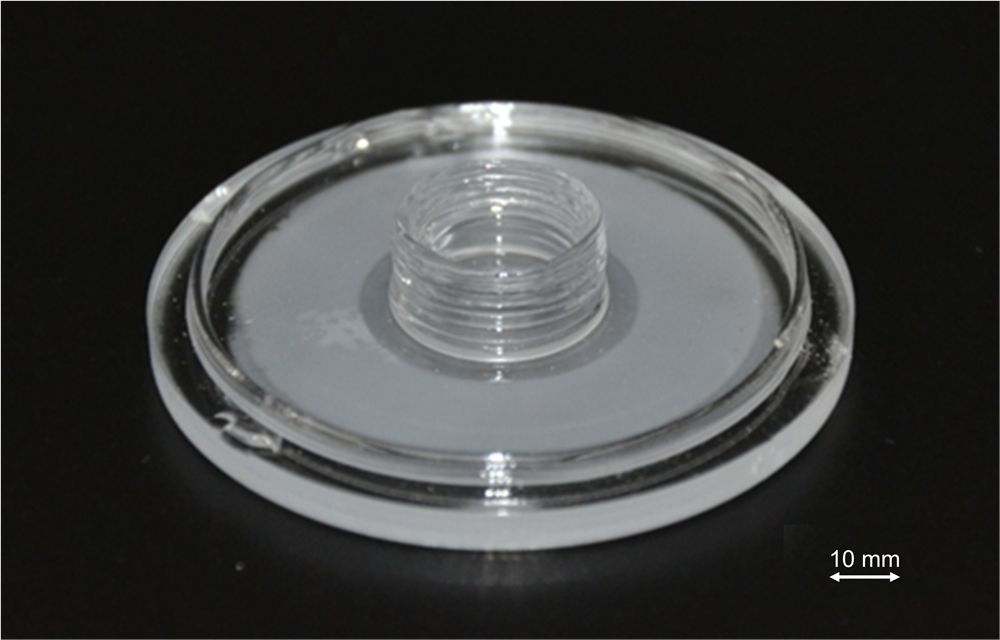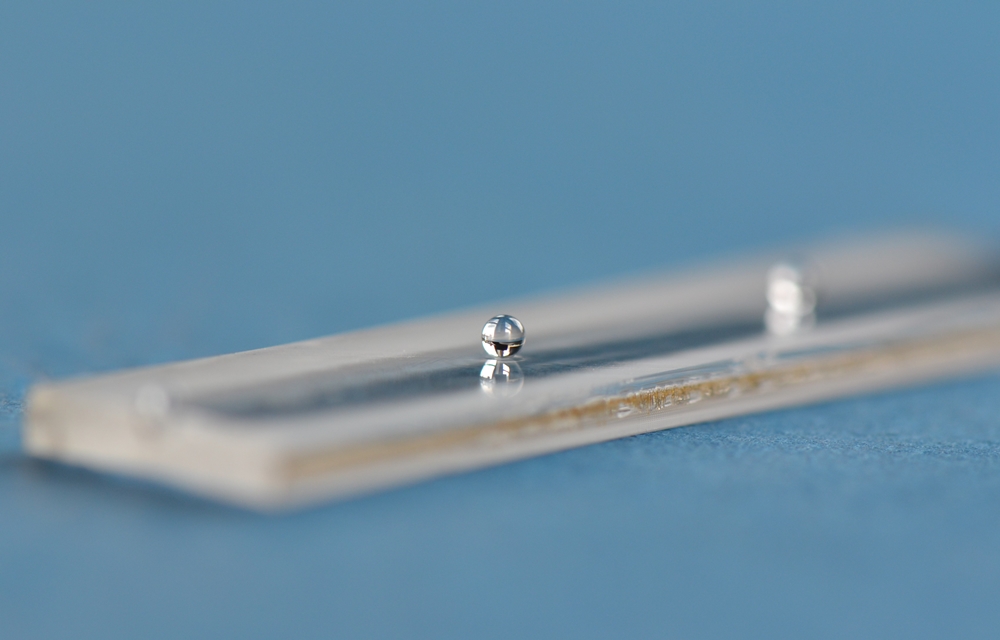The processes and methods for conventional glass production have remained unchanged for decades – but they are reaching their limits, in particular due to the increasing miniaturization and integration of additional functions at the same time. Without new production technologies, these requirements and customer requests for more individualization cannot be met.
This is where additive manufacturing comes into play. Because it enables considerably greater degrees of freedom in terms of component geometry than conventional manufacturing processes. The LZH wants to use these advantages together with the Institute for Product Development and Device Construction (IPeG) – for example for applications in optics, medical technology, production of structural components and data transmission.
High temperatures and high demands
Glass as a material poses special challenges for science, since it can only be softened at high temperatures, sometimes well above 1000 °C. In addition, glass components must meet high requirements for material homogeneity and surface quality. When developing a process chain for additive manufacturing of glass, it is important to overcome these hurdles.
Glass components that were manufactured additively using stereolithography (SLA) or laser powder bed fusion (LPBF) are not 100% true to shape or have impurities and high porosities – quality defects that are intolerable for optics and medical technology.
In PhoenixD, the LZH is therefore further developing a 3D printing process for glass, which is based on laser cladding, and uses findings from the projects GROTESK (generative manufacturing of optical, thermal and structural components) and FLEXPRO (development of a new, flexible generative manufacturing process for Manufacture of complex quartz glass components).
Print glass fibers with the CO2 laser
Waveguides made of quartz glass can be manufactured by means of laser cladding using a CO2 laser with an output power of approximately 100 W to melt the quartz glass and to apply it to a substrate. Using this method, the researchers were able to produce glass fibers with a diameter of 400 µm and a satisfactory surface quality. In the future, the team wants to increase the optical conductivity of the glass fibers and optimize the shape of the waveguides and the cleave process, i.e. the laser-based cutting of glass fibers.
3D printing of glass structures with cavities, for example to produce artificial kidneys, is extremely interesting for medical technology. Conventional processes are very complex. A one-step Additive Manufacturing process with only one system would be ideal. The CO2 laser-based Laser Glass Deposition process (LGD) is suitable for this.
It depends on the process parameters
The coordination of the energy input, i.e. the heat introduced, and the feed rate was demanding. If the heat input is too high or the feed rate is low, the glass material evaporates and the layer application fails. If the energy input is too low or the feed speed is too high, the fibers do not melt together. The research team has successfully identified a process window in which both parameters interact optimally.
Conclusion: With laser cladding, glass components can be printed in 3D. Within the scope of PhoenixD, the LZH and IPeG want to further improve the process in order to be able to generate optical systems from several components in the long-term.


